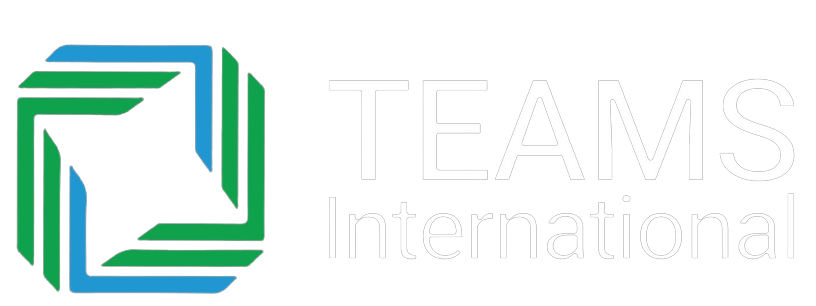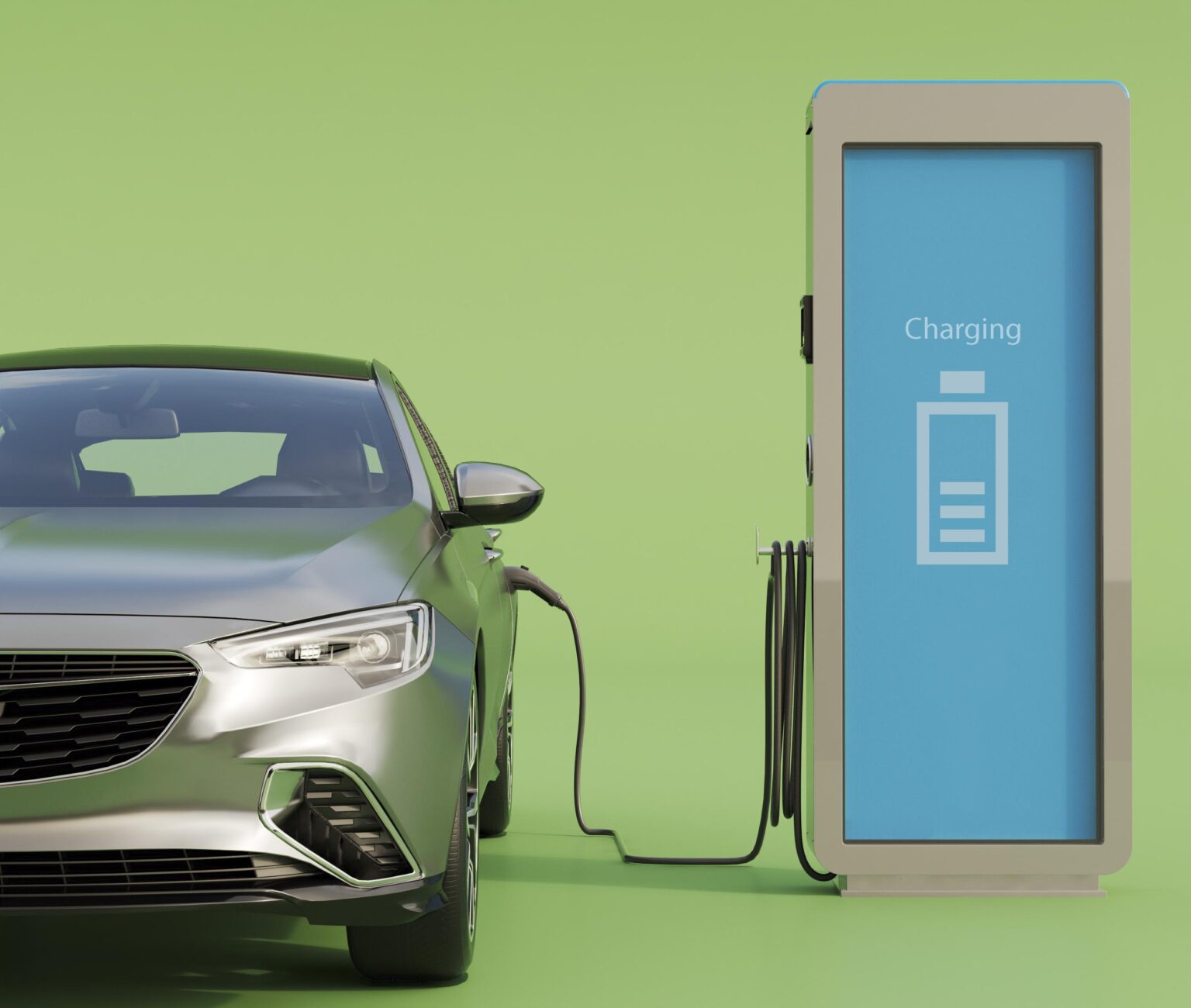In a world, facing the urgent challenges of climate change and environmental degradation, the role of electric vehicles (EVs) has taken centre-stage as a pivotal solution for decarbonization. As we strive to reduce greenhouse gas emissions and transition to cleaner energy sources, EVs have emerged as a beacon of hope, promising not only a revolution in transportation but also a tangible step towards a more sustainable future. The GCC market is adopting EVs at a rapid pace, it is expected that the number of EVs in the region will grow exponentially in the coming years.
Oman is committed to achieving net zero carbon emissions by 2050. To this end, the country plans to have at least 22,000 new electric vehicles (EVs) on its roads by 2040 and phase out all fossil fuel-powered vehicles by 2050. Oman is working towards the roll-out of a nationwide Electric Vehicle (EV) charging infrastructure that will make EV ownership and operation an attractive proposition in the Sultanate. The goal is that you should be able to drive from Muscat to Salalah and back without having to worry about whether you will find a recharge station for your car.
In this blog, we’ll delve into the basic of EV charging, the International Electrotechnical Commission (IEC) standards that shape this transformative technology and refer to some of the key takeaways from the recently introduced guidelines from Authority of Public Services Regulations (APSR) in Oman. The document from APSR provides technical requirement guidelines for charging stations for Electric Vehicles (EV), including (plug-in) electric passenger cars, motorcycles, minibuses and vans in Oman. Not within the scope of the present document are bi-directional charging, wireless power transfer, charging of very large vehicles (trucks, buses, vessels) or small vehicles (bicycles, scooters or similar vehicles)
Modes of Charging
International standards define four charging modes (Mode 1 to Mode 4)
Mode 1: Basic Charging at Home
Mode 1 charging, the simplest mode, involves plugging your EV into a standard household electrical outlet. This method is suitable for low-power charging, often at around 2-3 kW. It’s commonly used for overnight charging when a dedicated charging station is unavailable. However, due to its limited power and lack of advanced safety features, it’s not recommended for long-term use or fast charging. Mode 1 charging is not allowed in Oman.
Mode 2: Standard AC Charging
In Mode 2, AC charging is performed using a dedicated charging cable with an integrated control and safety mechanism. This mode is slightly faster than Mode 1 and offers enhanced safety features. Mode 2 charging can provide power levels of up to 7 kW, making it suitable for both home and public charging scenarios. As per APSR guidelines this method of charging can only be applied for charging incidentally with limited power and for limited time.
Mode 3: AC Charging with Control and Communication
Mode 3 is characterized by AC charging with control and communication features. This involves using an EV charging station that communicates with the vehicle to negotiate charging parameters. Mode 3 can provide power levels ranging from 11 kW to 22 kW or even higher, making it well-suited for public charging stations and commercial installations. APSR guidelines provide details of communication protocols to be used to exchange data from charging stations to utility company.
Mode 3 charging can be with detachable cable or permanent cable. APSR guidelines provides specification of type of socket/connectors to be for both these types of charging stations. In general type 2 as per IEC 62196-2 is preferred. APSR also stated installation requirement including site and physical requirements and electrical requirements for both domestic and non-domestic installations.
Mode 4: DC Fast Charging
Mode 4 represents the pinnacle of rapid charging. DC fast charging involves directly supplying high-powered DC electricity to the vehicle’s battery, bypassing the onboard charger. This mode is essential for long-distance travel and can charge an EV to 80% capacity in a matter of minutes, usually within 20-30 minutes.
As per APSR guidelines Mode 4 is default DC fast charging method and vehicle connector type for DC charging in accordance with IEC 62196 (preferably CCS Combo 2). Similar to Mode 3 charging, Mode 4 charging stations shall also be equipped with small functionality for exchanging information with the distribution company. In Oman, Mode 4 charging shall not be applied for feeding electricity back into the network operated by the distribution company. APSR also stated that power factor of the Mode 4 charging station shall be higher than 0.9 and shall comply with the Electromagnetic compatibility (EMC) standards in IEC 61000 (series of standards). APSR also stated installation requirement for DC charging stations.
Conclusion
With more Electric vehicle coming on road in Oman these guidelines from APSR charging provide vital information for car owners as well as EV charging infrastructure providers. Understanding the modes of charging, IEC standards, and connector types is pivotal in building a robust and accessible EV charging network that supports the transition to sustainable transportation.
Feel free to share your thoughts and questions in the comments section below!

